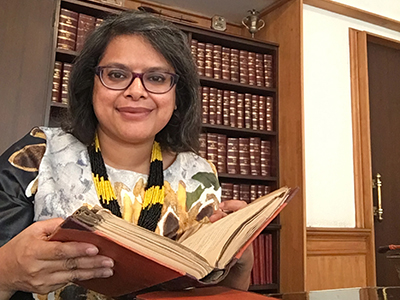Architecture Students Awarded Prizes in National Steel Design Competition
Two student teams from the School of Architecture were recently announced as prize winners in the 2025 Steel Design Student Competition. Administered by the Association of Collegiate Schools of Architecture (ACSA) and sponsored by the American Institute of Steel Construction…


